Keynote Speakers
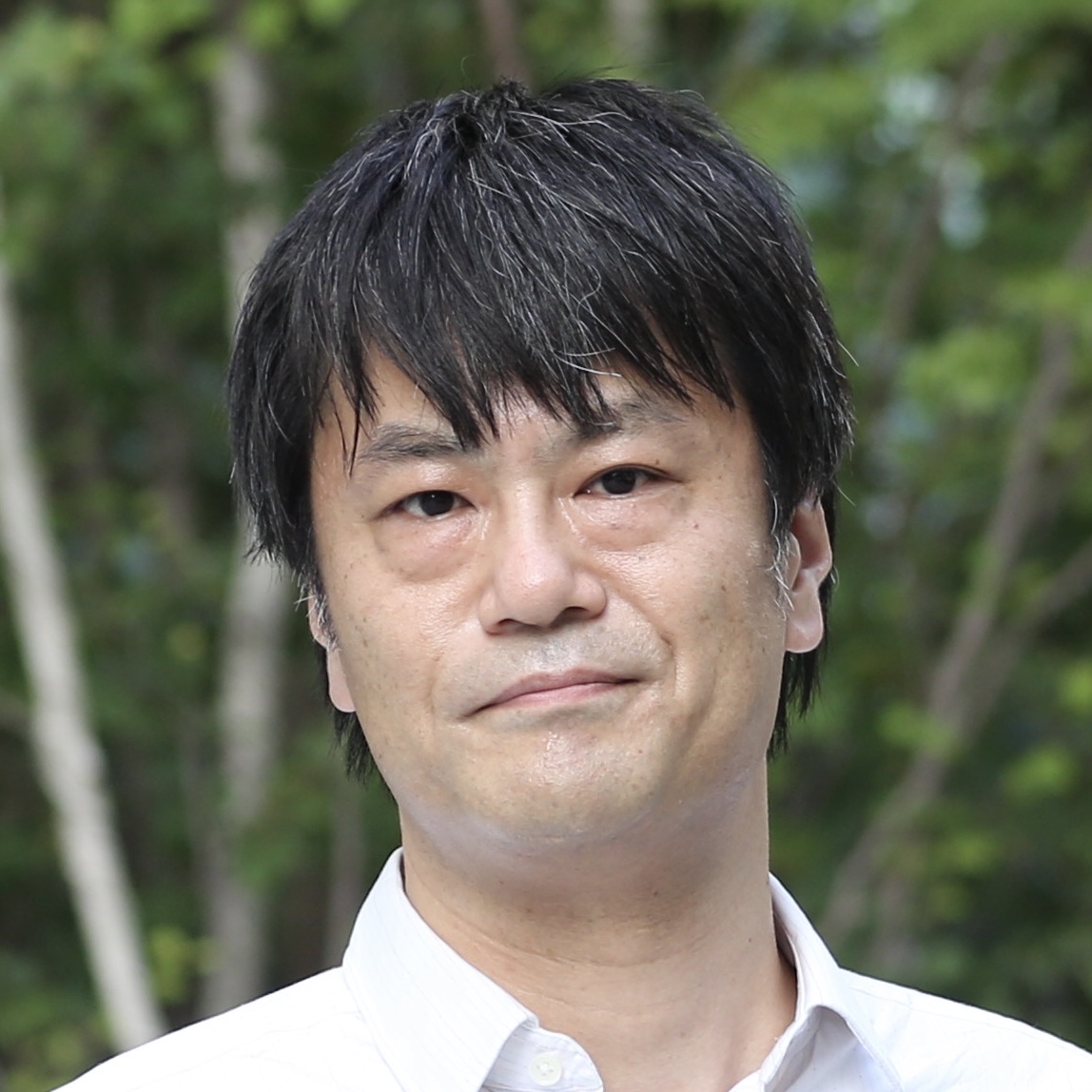
Prof. Toshihisa Tanaka, Tokyo University of Agriculture and Technology, Japan
Title: An AI-based diagnostic-aid for epileptic electroencephalography
| Abstract: This talk addresses an "AI-based diagnosis and treatment-aid" system that learns from electroencephalograms (EEG) of epilepsy patients and diagnoses made by clinicians. Japan has about one million epilepsy patients, but there is a very limited number (about 800) of clinicians who can properly read and interpret patient EEG. Epileptic seizures sometimes cause serious traffic accidents, highlighting the need for effective social measures to address this issue. We have developed AI-based automated algorithms that can learn from diagnoses made by medical specialists in epilepsy for EEG data measured in hospitals. I will report techniques to construct a dataset of EEG and to learn the interpretation of the data. |
Prof. Toshihisa Tanaka received the B.E., the M.E., and the Ph.D. degrees from the Tokyo Institute of Technology in 1997, 2000, and 2002, respectively. From 2000 to 2002, he was a JSPS Research Fellow. From October 2002 to March 2004, he was a Research Scientist at RIKEN Brain Science Institute. In April 2004, he joined the Department of Electrical and Electronic Engineering, at the Tokyo University of Agriculture and Technology, where he is currently a Professor. In 2005, he was a Royal Society visiting fellow at the Communications and Signal Processing Group, Imperial College London, U.K. From June 2011 to October 2011, he was a visiting faculty member in the Department of Electrical Engineering, the University of Hawaii at Manoa.
His research interests include a broad area of signal processing and machine learning, including brain and biomedical signal processing, brain-machine interfaces, and adaptive systems. He is a co-editor of Signal Processing Techniques for Knowledge Extraction and Information Fusion (with Mandic, Springer), 2008, and a leading co-editor of Signal Processing and Machine Learning for Brain-Machine Interfaces (with Arvaneh, IET, U.K.), 2018.
He served as an associate editor and a guest editor of special issues in journals, including IEEE Access, Neurocomputing, IEICE Transactions on Fundamentals, Computational Intelligence and Neuroscience (Hindawi), IEEE Transactions on Neural Networks and Learning Systems, Applied Sciences (MDPI), and Advances in Data Science and Adaptive Analysis (World Scientific). He served as editor-in-chief of Signals (MDPI). Currently, he serves as an associate editor of Neural Networks (Elsevier). He was a General Co-Chair of the Asia-Pacific Signal and Information Processing Association Annual Sumit and Conference (APSIPA ASC) Tokyo in 2021. Furthermore, he serves as a Vice-President of the Asia-Pacific Signal and Information Processing Association (APSIPA). He is a senior member of IEEE, and a member of IEICE, APSIPA, the Society for Neuroscience, and the Japan Epilepsy Society. He is the co-founder and CTO of Sigron, Inc.
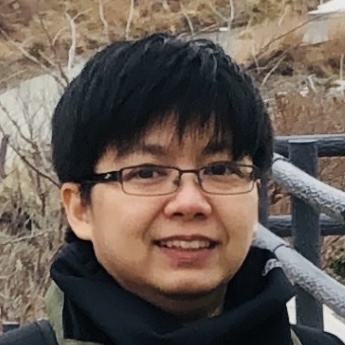
Dr. Khanistha Leetang, National Institute of Metrology, Thailand
Title: Utilizing IoT Technology for Weather Monitoring of a Smart Weather Station
| Abstract: IoT technology has revolutionized weather monitoring by enabling real-time data collection and analysis. This study investigates smart weather stations equipped with sensors that transmit data via Wi-Fi or cellular networks to a data logger. Additionally, machine learning algorithms provide predictive insights and trend analysis, accessible through an intuitive website. This technology finds applications in agriculture, urban planning, disaster management, and environmental research. In Thailand, 70 smart weather stations are strategically deployed nationwide, emphasizing the importance of accurate and localized weather data. They issue alerts for droughts, typhoons, and PM2.5 levels, enhancing public safety. However, a challenge lies in the complexity of sensor removal for calibration, potentially affecting data accuracy and reliability. The National Institute of Metrology (Thailand) calibrates major sensors for environmental conditions, wind speed, wind direction, and precipitation, following standards like USPEA Volume IV. |
Dr. Khanistha received the B.E. degree in the Control System and Instrumentation Engineering from the King Mongkut’s University of Technology Thonburi, Bangkok, Thailand, in 2009, the M.E. degree in the Electrical Engineering (Control System and Instrumentation Engineering) from the King Mongkut’s University of Technology Thonburi, Bangkok, Thailand, in 2012, and the Ph.D. degree in System and Control Engineering from the Tokyo Institute of Technology, Tokyo, Japan, in 2021. During her academic pursuits, she engaged in research as a research student at the Tokyo Institute of Technology from 2017 to 2018, where her work focused on investigating the Truncation-noise characteristics of finite-length M-sequences. She has been actively involved as a metrologist with the National Institute of Metrology (Thailand) since 2009. Her work in metrology involves ensuring accurate measurements, a crucial aspect in various industries. Her research interests include the gas/liquid measurements, air velocity measurement, signal processing for ultrasonic measurement, the Internet of Things (IoT) for measurement, image processing, and laser Doppler measurement.

Prof. Hoang Van Phuc, Le Quy Don Technical University, Vietnam
Title: Deep learning based hardware security for Internet of Things systems
| Abstract: The issue of information system security is becoming emerging, especially in the context toward the smart cities based on Internet of Things (IoT). Side channel attacks (SCA) have become a serious threat to the cryptographic implementations on embedded systems. It has raised the awareness of the security research community to seek new techniques, which can be used to detect vulnerabilities or counteract the SCA attacks. However, researching new SCA attacks is critical to point out the potential threats. Differential Deep Learning Analysis (DDLA) is the first deep learning based non-profiled side-channel attack (SCA) on embedded systems. However, DDLA requires many training processes to distinguish the correct key. In this talk, we introduce a non-profiled SCA technique using multi-output classification to mitigate the aforementioned issue. Specifically, a multi-output multi-layer perceptron and a multi-output convolutional neural network are introduced against various SCA protected schemes, such as masking, noise generation, and trace de-synchronization countermeasures. The experimental results on different power side channel datasets have clarified that our model performs the attack up to 9 and 30 times faster than DDLA in the case of masking and de-synchronization countermeasures, respectively. In addition, regarding combined masking and noise generation countermeasure, our proposed model achieves a higher success rate of at least 20% in the cases of the standard deviation equal to 1.0 and 1.5. Moreover, we will introduce the potential deep learning assisted hardware security solutions for secure IoT systems. |
Prof. Van-Phuc Hoang received PhD degree in Electronic Engineering from The University of Electro-Communications, Tokyo, Japan in 2012. He has worked as postdoc researcher, visiting scholar at The University of Electro-Communications, Tokyo, Japan, Telecom Paris, France and University of Strathclyde, Glasgow, UK during the period of 2012-2018. He is working as an Associate Professor, Director with Institute of System Integration, Le Quy Don Technical University, Hanoi, Vietnam. His research interests include hardware security, VLSI design, digital signal processing and intelligent systems for Internet of Things. He was the Technical Program Chair of several IEEE international conferences such as ICDV 2017, MCSoC 2018, SigTelCom 2019, APCCAS 2020 and ATC 2020, ICICDT 2022, ICICDT 2023.
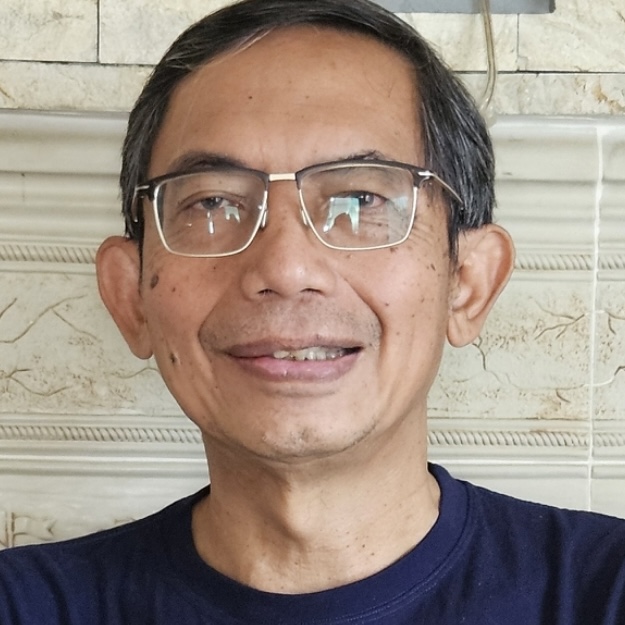
Prof. Dr. Ir. Suhono Harso Supangkat, M.Eng, Bandung Institute of Technology, Indonesia
Title: Cognity city platform development and living lab collaboration
| Abstract: Smart City has been developed for a long time, but there are still many challenges to its success. On this occasion I will share about the use of AI in the development of Smart X. X shows areas and sectors, such as Smart City, Smart Village or Smart Mobility, smart healthcare etc. The application of Artificial Intelligent, IoT, etc. will help Smart X become even better. In this discussion, several case examples of AI applications in various sectors and areas will also be explained. |
Prof. Dr. Suhono is Professor of Information Technology at the Bandung Institute of Technology. In 1986, he earned a B.S. from the Department of Electrical Engineering at the Bandung Institute of Technology (ITB) in Indonesia, and in 1998, he earned a Dr. of Engineering from the Graduate School of Information Systems at the University of Electro-Communication Tokyo in Japan. 2003–2009, Prof. Suhono was assigned as Chairman of the Business Incubator Center at the ITB. Suhono is the chairman of the Institute for Innovation and Entrepreneurship Development, which was established in 2010. Since 2000, he has been assisting some government activities and industries, especially on regulations and IT governance. Prof. Suhono served as Special Advisor to the Minister of Communications and Information Technology of the Republic of Indonesia from 2007 to 2009. 2018–2021 He was appointed to the Board of Commissioners of PT Kereta Api Indonesia (Persero). He was also appointed as the Director of the Smart Cities and Communities Innovation Center from December 2014 to the present, as well as the Senior Advisor for the Defense Industry Policy Committee, Ministry of Defense of the Republic of Indonesia, beginning in December 2020. His research focuses on smart system platforms and ecosystems, as well as IT governance and architecture.
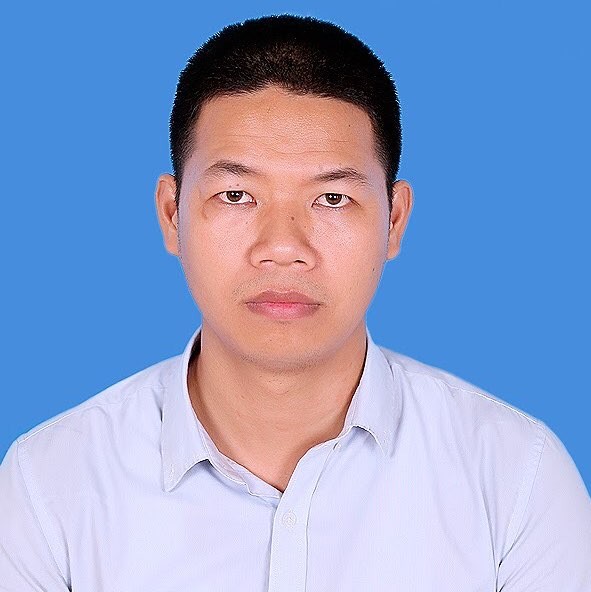
Dr. Mai Duc Tho, Academy of Cryptography Techniques, Vietman
Title: TinyML for Embedded System
| Abstract: Tiny Machine Learning (TinyML) integrates machine learning (ML) algorithms into small, resource-constrained embedded systems. This burgeoning domain figures out how to leverage the computational power of ML while minimizing power consumption, memory usage, and latency, making it feasible to deploy intelligent applications on microcontrollers and IoT devices. TinyML adopts innovative health monitoring, predictive maintenance, agriculture, and home automation applications. These applications benefit from dedicated on-device processing, which ensures privacy, reduces latency, and decreases dependency on cloud connectivity. The critical challenges in TinyML include model compression, quantization, and optimization techniques to fit ML models within the limited hardware resources. Techniques like pruning, knowledge distillation, and using lightweight architectures such as MobileNet and SqueezeNet… have shown promise in achieving efficient model performance. Moreover, frameworks like TensorFlow Lite for Microcontrollers and Edge Impulse have streamlined the deployment of ML models on microcontroller units (MCUs), facilitating rapid development and deployment. This presentation delves into the methodologies and tools for conducting TinyML on embedded systems, discussing the trade-offs between accuracy and resource efficiency. Some case studies mentioning successful applications of TinyML demonstrate its potential in intelligent data processing, making it more ubiquitous and accessible even in the most resource-limited environments. |
Dr. Mai Duc Tho is currently working as a lecturer at the Academy of Cryptography Techniques (ACT), Hanoi, Vietnam. He graduated from Hanoi University of Science and Technology (HUST), Vietnam, in 2010 and 2012 to receive an Electronics and Telecommunications B.Sc. degree and a Master Science degree in Telecommunications Engineering, respectively. He took a doctoral course in information and network engineering at the University of Electro-Communications (UEC), Tokyo, Japan, in 2019 on a Vietnamese government scholarship and graduated in March 2023. His research interests include deep learning for IoT security and IC design.

Prof. Hiroki Takahashi, The University of Electro-Communications, Japan
Title: Japanese Sign Language Communication System
| Abstract: In Japan, the law on information security for disabilities was enforced in 2022 to realize a society that enables people with disabilities to acquire and use information appropriately, and to communicate smoothly. Deaf and Hard of Hearing (DHH) are, however, still forced to live with communication difficulties since the current social system is unconsciously based on the hearing person. This talk introduces our proposed Japanese Sign Language Communication System to support communication between DHH and hearing person. Indeed Sign languages in Japan include Japanese Sign Language (JSL) and Signed Exact Japanese (SEJ), and Contact Sign Japanese (CSJ) which is a mixture of JSL and SEJ. Although JSL, a visual language, is the mother language for DHH, its grammar is quite different from that of Japanese, a spoken language. Moreover, the grammar required for translation is not yet fully cleared. On the other hand, SEJ, in which each word in spoken Japanese is replaced by a signed word, is relatively easy to translate comparing with JSL translation using conventional speech recognition and machine translation techniques. We have proposed a bidirectional communication system via text between SEJ and speech, and are providing a trial system to local governments for social implementation. I also briefly introduce our current approach for CSJ translation. |
Prof. Hiroki Takahashi received the B.E. and the M.E. degree from the Tokyo Institute of Technology, Tokyo, Japan, in 1990 and 1992, respectively. He suspended the doctor course in 1994. Since 1994 he has been with the Graduate School of Information Science & Engineering, Tokyo Institute of Technology, Tokyo, Japan as Assistant Professor. He belongs to the University of Electro-Communications (UEC) from 2006 as Associate Professor, and now he is Professor at Department of Informatics, Graduate School of Informatics & Engineers. He is a member of Artificial Intelligence eXploration Research Center (AIX) and Meta-Networking Research Center (MEET) in UEC. Dr.(Eng.). His fields of interest are visual computing including computer vision, image processing, augmented reality, computer graphics and machine learning.
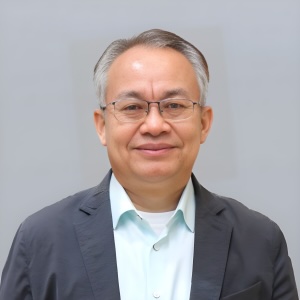
Prof. Krisana Chinnasarn, Burapha University, Thailand
Title: Emotion Recognition for Partial Faces Using a Feature Vector Technique
| Abstract: In the Covid-19 pandemic, wearing a facial mask is essential, which has a significant impact on the rate at which current methods of face localization and other downstream approaches like facial emotion recognition performances. In this research, we propose 2 main approaches including Automated Masked Face Localization in a Non-Stationary Environment and Emotion Recognition of Particle Faces. Firstly, Face Localization based on the Histogram of Oriented Gradient (HOG) is described. A number of filters were applied in order to enhance the significant features of the facial image. Moreover, the trigonometric feature kernels were adopted for the purpose of extracting essential features. Secondly, two Emotion Recognition approaches are presented including Emotion Recognition based on Infinity-Shape and Star-Like Particle Polygon Estimation. The Infinity-Shape is proposed to extract essential landmarks on the upper face including eyes, eyebrows, and forehead. Moreover, the Star-Like Particle Polygon Estimation has the ability to generate the star shape with translation, rotation, and scaling invariance that makes it possible to be flexible enough to extract significant features. Our proposed approaches were applied to the dataset of FER2013, CK+, and RAF-DB. Finally, in order to evaluate our proposed techniques, the extracted features are then brought into the classification process by adopting CNN, LSTM, and ANN. As a result, our proposed method outperforms the common CNN-based approaches. |
Prof. Krisana Chinnasarn received the B.Sc. degree in statistics from Srinakharinwirot University, Thailand, Mahasarakham Campus, in 1992, the M.Sc. degree in computer science and information technology from King Mongkut’s Institute of Technology Ladkrabang, Thailand, in 1997, and the Ph.D. degree in computer science from Chulalongkorn University, Thailand, in 2004. Since 1997, he has been a lecturer with the Faculty of Informatics at Burapha University, formerly known as the Department of Computer Science in the Faculty of Science. He has been an associate professor of computer science since 2024. His research interests include machine learning and digital image processing and their applications to other science and engineering areas.